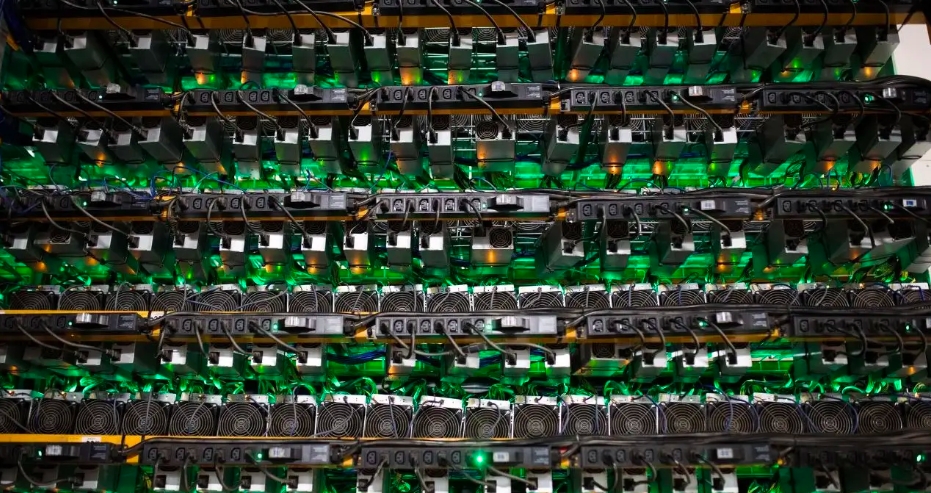Top 5 Trends Shaping the Future of Crypto Mining: What Awaits Miners

As the Ethereum blockchain awaits the merger and its full transition to proof-of-stake (PoS), a broader discussion about miners and their future has emerged. As it stands, the Ethereum blockchain market is incredibly fragmented. The merger is expected to usher in a new era where validators and coiners replace miners. Miners who have spent a lot of resources on ETH mining equipment may become obsolete.
Recent discussions about proof-of-work (PoW) mining and its pros and cons make it worth considering the market’s future. How will mining change in the coming years and what can miners do to prepare?
Here are some trends that cryptocurrency miners should be aware of:
Application for renewable energy
Although it may sound like a buzzword, the transition to renewable energy is gaining traction in the mining industry.

Mining rigs use a significant amount of electricity. Large-scale mining employs thousands of miners simultaneously. Much has already been written about the energy consumption associated with cryptocurrency mining. According to one reportcrypto mining consumes up to 110 terawatt-hours of energy per year – the same amount of energy as a small country.
Since Tesla stopped accepting Bitcoin payments last year, there has been a wider discussion about mining and its carbon footprint. As a result, many in the mining industry are advocating for more carbon neutral mining.
In fact, one of the reasons for the Ethereum blockchain’s transition to PoS is environmental concerns.
One of the most important trends in the mining industry is the shift away from carbon-based power and towards renewable energy sources. This pattern is likely to continue, especially as market participants try to disprove industry skeptics.
Miner obsolescence
Perhaps the most important consequence of many coin developers’ transition to PoS is that miners may soon become obsolete.
It’s an uncomfortable truth. Many coin developers are abandoning the PoW model. Miners are becoming obsolete as a result of this shift. Stakeholders and validators have taken their place. This pattern is likely to continue in the future.
Miners must find new ways to stay profitable. But as mining becomes less appealing, the future for miners does not look promising.
Increasing hashrates
The hashrate measures the resources needed to mine and secure the Bitcoin blockchain.
According to industry experts, the hashrate of the Bitcoin network will increase significantly over the next year. Chinese miners who left the site last year are expected to gradually return, moving out of the country to other countries that welcome miners. At the same time, new market participants are expected, especially when the market downturn has passed and coins become more profitable.
All this means that the difficulty of mining will increase significantly, possibly exceeding all-time high of 248.11 EH/s, set earlier this year.
Reduced margins
Miners will most likely have trouble logging profits from their activity as mining difficulty and hashrate increase. However, this will depend on the Bitcoin price moving consistently over time. If this happens, the rewards could be cut in half, with competition eventually eating away at the high margins that miners have enjoyed so far.
This means that companies that can keep costs low and use the most efficient machines will survive in the long run. Smaller margins will disproportionately affect new individual miners, potentially leading to the increase of mining pools.
Chip shortage
Finally, there is expected to be a severe shortage of chip availability in the future.
Mining rigs are built with the same semiconductor chip used to build electric cars, mobile phones and other devices. Since 2019, the demand for these semiconductor chips has have risen with 17%. Increased production of electric vehicles, tablets and smartphones, artificial intelligence devices and other items has resulted in an increase in demand, and mining rigs are catching up.
Although semiconductor manufacturers allegedly produce at 90% capacity, supply has not increased to meet demand.
Because of this disparity, mining industry players cannot afford to make short-term decisions at this time. Mining companies must plan operations at least a year in advance, place orders early and wait out the period.
According to a report by the US Department of Commerce, the primary bottlenecks appear to be thin production capacity – which will necessitate long-term solutions. Chip shortages are expected to persist until these solutions are found.


